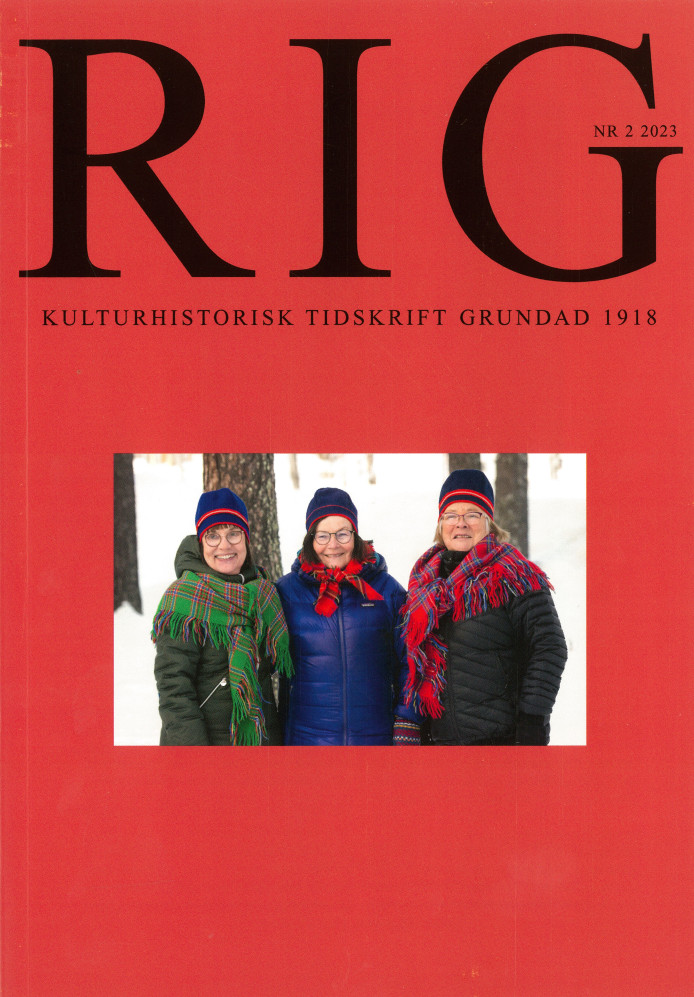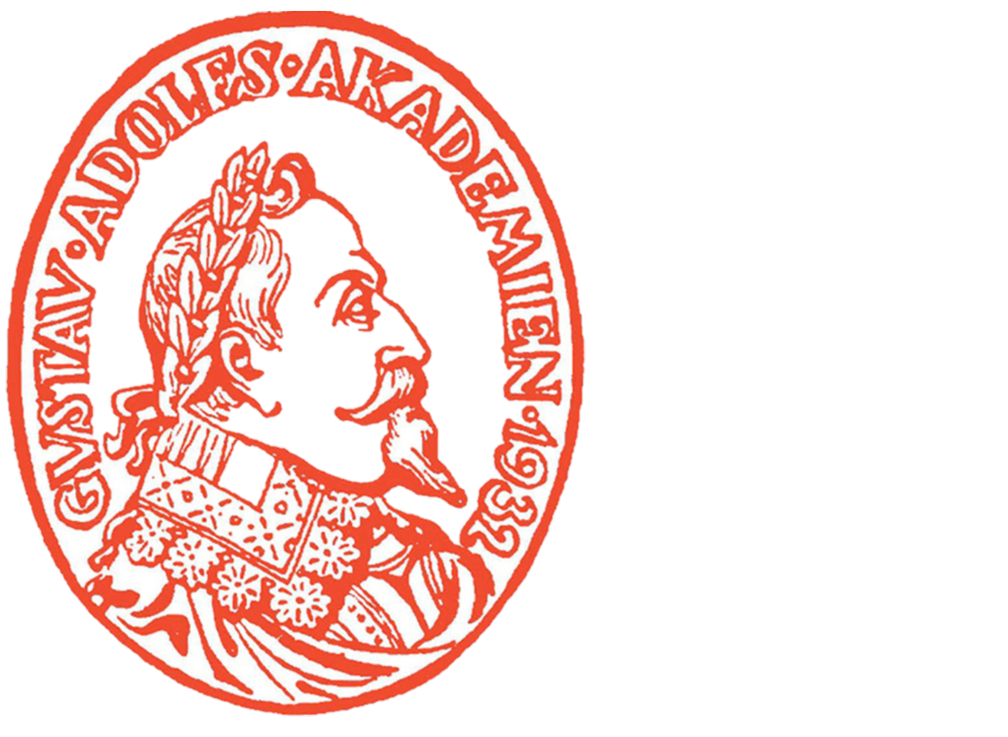Mungigan i Sverige
En kulturhistorisk överblick
DOI:
https://doi.org/10.61596/rig.v106i2.16111Nyckelord:
jew’s harp, tradition, cultural history, Swedish literatureAbstract
An overall view of the history of the Jew’s harp in Sweden has been lacking up to the 2020s. Previous research has mainly been focussed upon the Medieval period, but less upon the Post-Medieval use of the instrument. I will therefore give an up to date and summarising picture of this subject here, also reviewing literary references and characterisations of the instrument. The other main focus of this article is the ideo-historical perception of the instrument. Besides being a common instrument in (folk)music, a change in the perception of the instrument developed during the middle of the nineteenth century, where the instrument was in addition being perceived as primitive and used as a childrens’ toy. The jew’s harp had a revival in the 1960s in Sweden (and Norway). In contrast to the Norwegian development were the primary perception of the instrument in Sweden over time established as a “folksy”, “Medieval”, and ridiculous instrument. This idea of the jew’s harp seems to be generally accepted today, as the instrument from time to time appears in public media or popular culture with this characterisation. In addition, a new kind of spirituality has during recent years been connected to the jew’s harp, providing the instrument a new ritual (and commercial) use.
Downloads
Publicerad
Referera så här
Nummer
Sektion
Licens
Författaren/författarna behåller copyright till verket.




